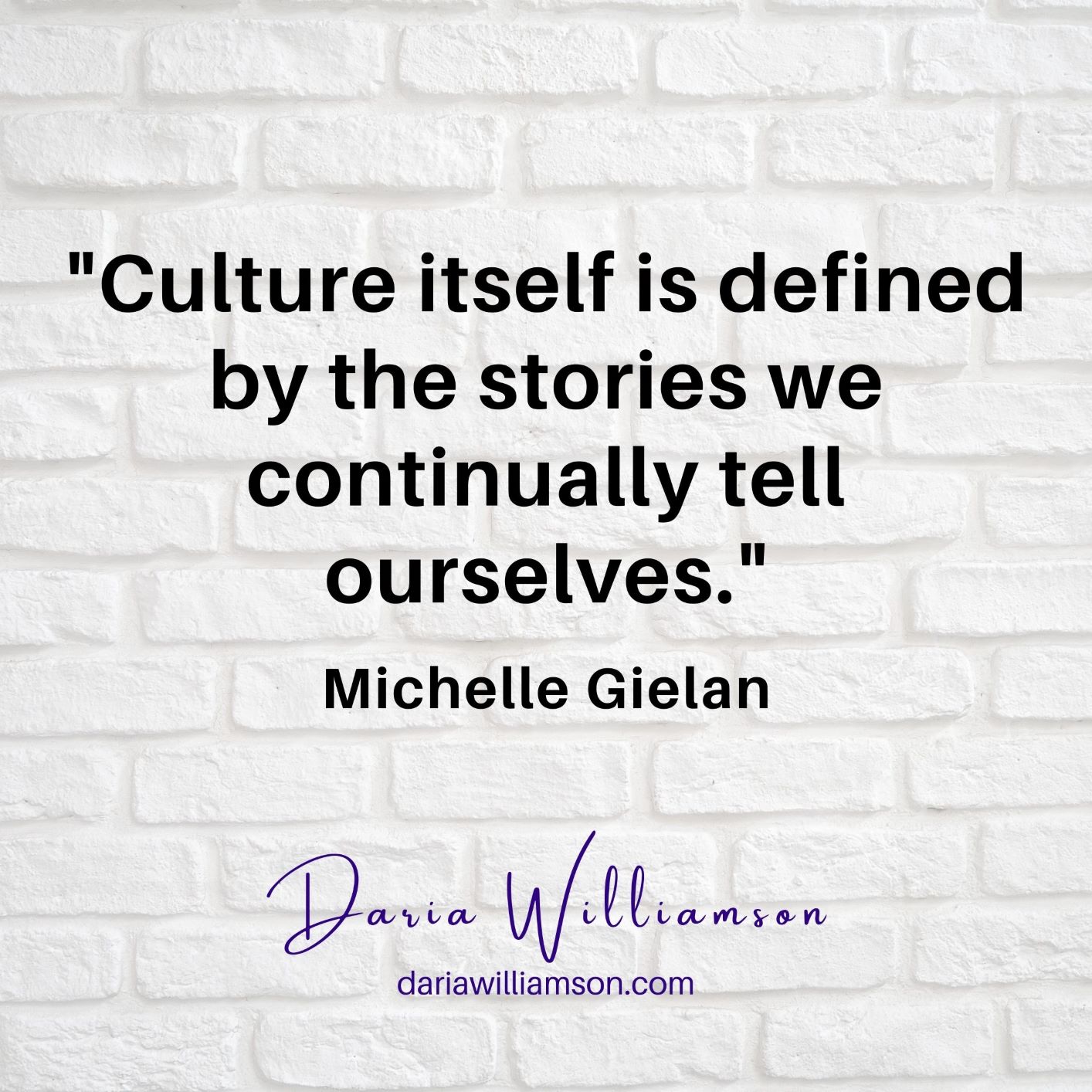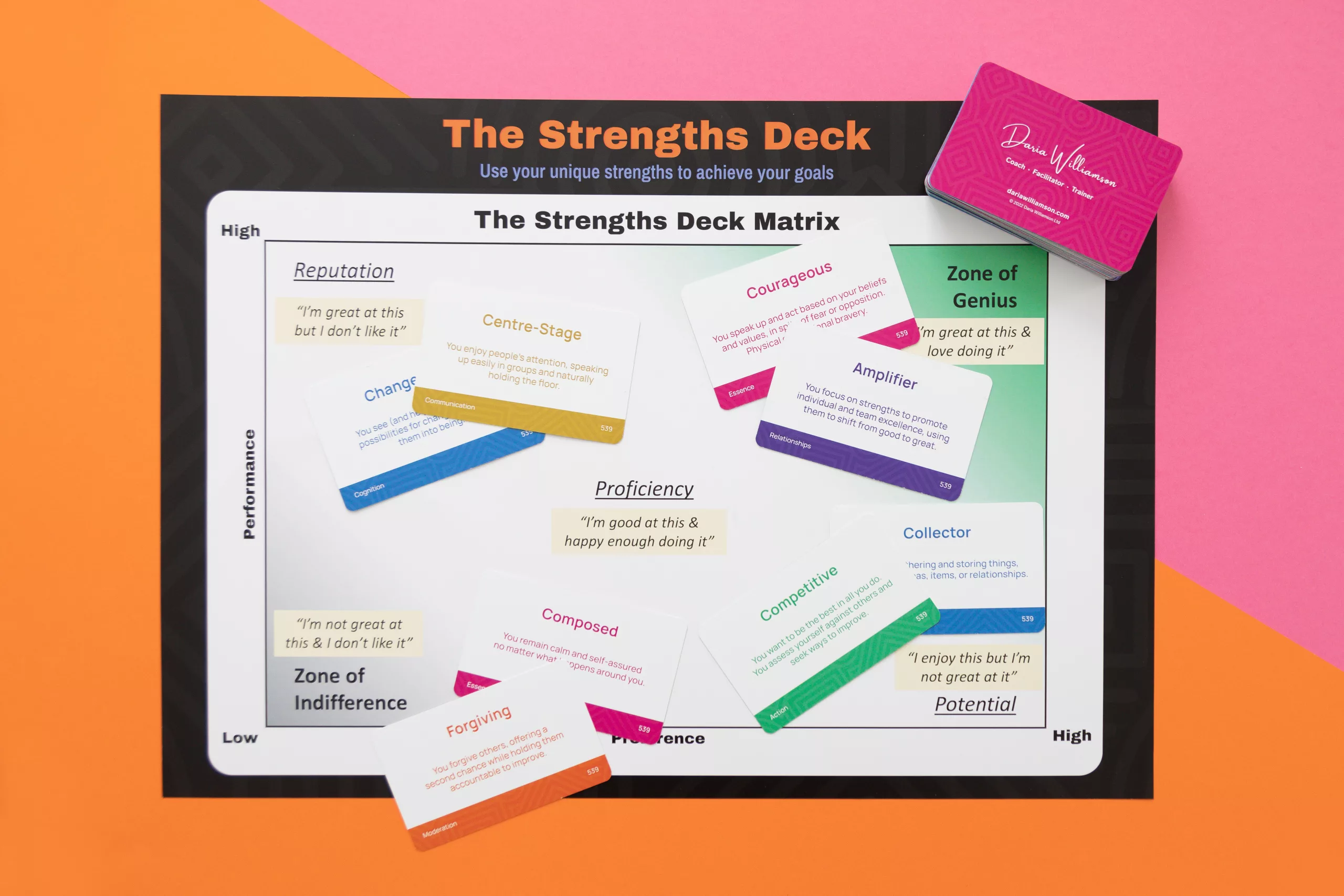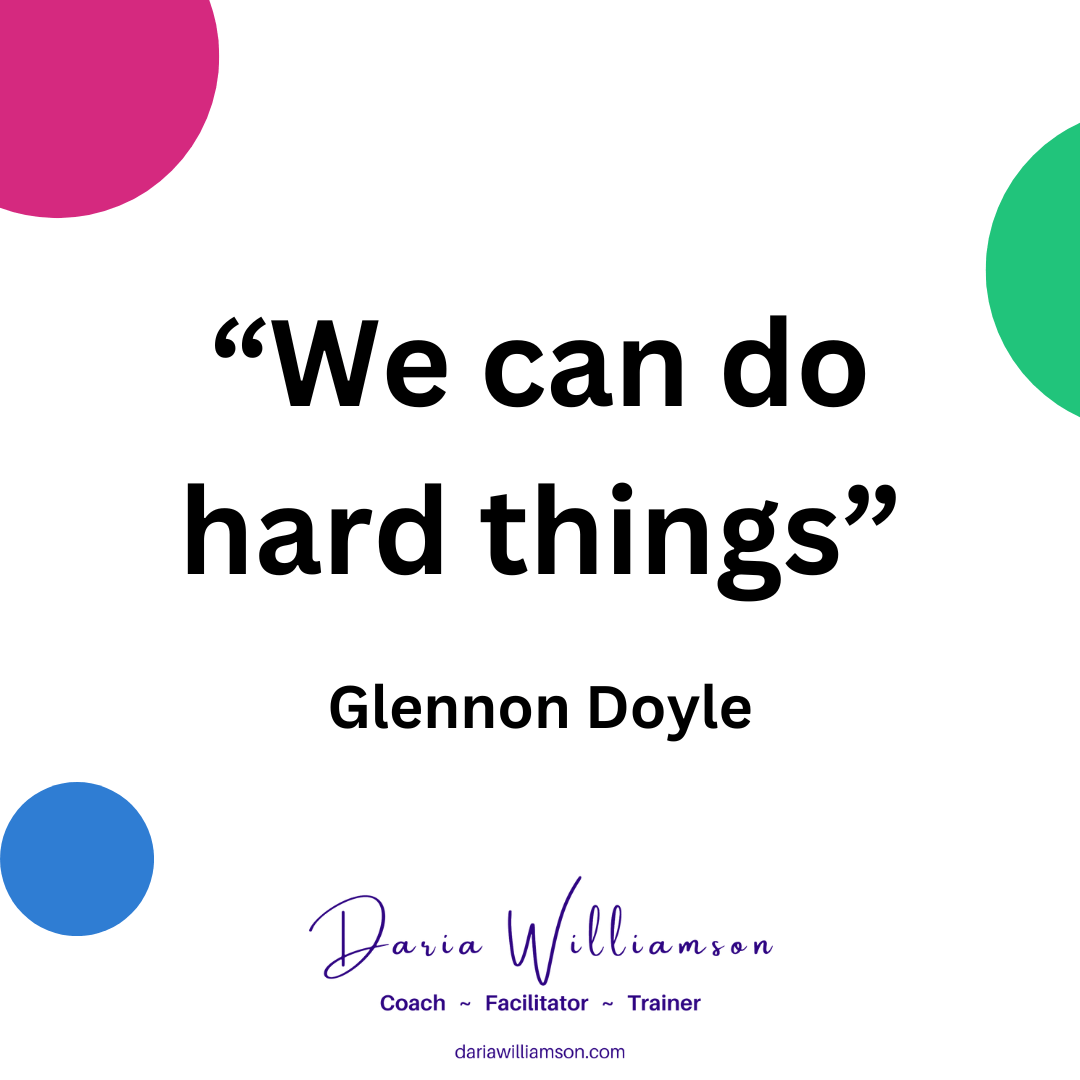Stories are a vital part of your organisational culture, whether or not you are using them consciously. This post explains why stories are so powerful, and how to use them to cultivate or shift your culture.
Culture as collective habits
In my previous post about organisational culture, I talked about the uncertainty that sometimes surrounds the definition of the term “organisational culture”. I also referred to Irshad Manji’s definition of “the collective habits of a group”.
But what are those “collective habits”? I suggested that they include:
- policies and procedures
- leadership and management styles
- how people talk to each other
- who can talk to whom
- what leaders will reward or punish
- which issues people can talk about (or not)
- who gets to contribute and in what way
So how do we communicate these collective habits to each other, and to new group members? One of the ways we do this, what I call a “culture element”, is the stories that are told by people inside and outside the organisation. Michelle Gielan, researcher and author, puts it this way:

What place do “stories” have in business?
If I asked you to tell me a story, you might think of the fairytales and legends we read to kids at bedtime. Heroes and villains; quests and adventures; dragons to defeat and treasure to claim. And all that can seem rather silly when we’re trying to think with our grown-up, business-minded, serious hats on. How could stories possibly help us to solve the problems we face in our organisations?
Why are stories so powerful?
Humans are sense-making machines. We are wired for stories. In fact, if you want to remember some important information, it’s far easier to do so when you create a story that weaves it togeter, rather than trying to memorise facts and figures on their own.
I’ve previously mentioned a particular type of brain cell, called a mirror neuron (you can read about how they work with our empathy here). We are wired to experience what others are experiencing, and our brains can’t tell the difference between reality (what is actually happening right now) and make-believe (what we can think or imagine). So when we are hearing a story, our brains experience it as if it were really happening to us.
And the more frequently we hear a story, the more it becomes ingrained into our memory, and the more it shapes our attitudes and behaviours. So, we need to be aware of the impact of the stories we are telling, and hearing, on a daily basis.
We’re already telling stories…
Without realising it, we are telling stories every day, in every part of our lives, including within our organisations. Whether official pronouncements and company updates or casual corridor chats with colleagues, we use stories to share our thinking and shape behaviour and attitudes.
We cast individuals and groups as heroes or villains. We have goals and targets that require us to leave the comfort of where we’ve been and climb to higher levels of performance.We have dragons to slay in the guise of competitors, technical challenges, customer indifference or our own self-belief. And we dream of the treasure of increasing sales, having happy customers and engaged employees, and making a meaningful contribution to the world.
…so why not consciously use them to shape our culture?
So, if we know that something works, and that we’re all doing it already, why wouldn’t we put it to good use?
Using stories is a simple and direct way to trigger the activity of mirror neurons. And the more we call up specific feelings through our stories, the more powerful and engaging they will be.
So, consider what you want your culture to look like and how you want it to feel. And then think about what stories will support that look and feel. Do you want innovation and creativity? Then you’ll need to tell stories about people taking (calculated) risks, handling set-backs and errors with humility and in a supportive environment, and remaining (appropriately) optimistic so that they persevere until they achieve their goal.
Does your organisation need compliance and attention to detail? You’ll need stories about times when people followed the rules and got the desired outcome or caught errors and non-compliant processes or products and made corrections before they affected customers.
Do you want to dial up teamwork and unity? If so, your stories should focus on overcoming challenges together, mutual support, and how disagreements have been handled in a way that maintains or enhances relationships.
What other culture elements do we need to consider?
There are many other elements of culture that are worth thinking about and fine-tuning, and I’ll be writing about them in future posts. Among them are:
- rewards
- rituals
- heroes
- symbols
- communication
- values
What other culture elements do you think are important? And what experiences have you had using stories to support or shift your culture? I’d love to hear from you – send me an email with your thoughts!






2 thoughts on “Culture element: stories”
Pingback: Culture element: communication ~ Daria Williamson
Pingback: Leadership toolbox: how to use change stories to transform your reality ~ Daria Williamson
Comments are closed.